Listen to the article:
Content warning: This piece contains violence, emotional abuse, and portrayals of homophobia.
Disclaimer: The author has changed some names and is using some drag names to protect people’s anonymity.
I grew up with internalized homophobia.
When I tell people I’m gay, people often ask who’s your favourite drag queen? My answer was always, “I don’t know.”
Considering how big drag is in gay culture, people are typically surprised by my lack of knowledge about it, but the reason for my ignorance is not as simple as not having time to watch it.
So why did I know so little about drag? After reflecting on my past, I realized that it was tied to internalized homophobia.
Some 2SLGBTQ+ people might not realize how common internalized homophobia is in the community.
According to Daniel Lyons’ article on Psychology Today, internalized homophobia comes from perceiving negative representations of the 2SLGBTQ+ community. As a result, people can develop feelings of hatred towards gay individuals and themselves, which can be very damaging to the person’s sexual identity and mental health.
Internalized homophobia can present itself in various ways. Some of the common signs are
- Denial of your sexuality
- Obsessing over mannerisms
- Forcing yourself into heterosexual activities
- Discriminating against gay individuals
Unfortunately, my childhood revolved around these four characteristics.

Growing Up with Internalized Homophobia
Throughout my childhood, the community I was born into told me what to do and believe in.
I come from a highly conservative province in the Philippines called Laguna. Even though Laguna was the third largest province in our region, everyone somehow knew one another.
But being known wasn’t always the greatest, considering how fast rumours spread within our community. Because of our neighbours constant gossip, my parents were stern with me. They wanted to avoid rumours spreading about my sexuality.
I went to a private Catholic school up until grade five. Although my experience was mostly a blur, I remember how challenging it was to fit in. I felt like an outcast.
Rather than attending my classes, I spent most of my days at the nurse’s office, waiting for my grandmother to pick me up after lying about feeling sick.
Growing up in this environment made it very difficult to figure out who I was. I found myself obsessing over my mannerisms at a young age because they mattered a lot for others.
When I was in grade three, I was walking back to class when one of my teachers came up from behind and pulled me aside. She noticed that I was walking a little too “ladylike,” so she asked me to walk “manlier.” Her correction didn’t really make sense to me at the time, so I just did what she had asked me to do.
From there, similar situations kept occurring: people corrected the way I did my hair, the way I sat, the way I spoke, and the way I moved. And I continued to listen.
I tore myself apart for years, trying to be the “perfect person” everyone wanted me to be when I was far too young to understand what that was.
Bakla
Bakla (back.la) is a term Filipinos use to refer to men who are either gay or have feminine mannerisms. However, rather than using the term in a celebratory way, it was often used as an insult.
This word used to scare me as a child. I often witnessed other men suffer from the verbal and physical abuse that typically followed it. Every time I heard this word, even if I heard the word in passing, I would masculinize myself.
***
Drag, which allows people to express a different version of themselves on stage — wasn’t always a part of the 2SLGBTQ+ community like it is today.
According to Ryan Roschke’s article on POPSUGAR, drag goes back to the late 1800s. Women weren’t allowed to perform on stage, so men had to play the female roles by wearing long petticoats, which dragged across the floor.
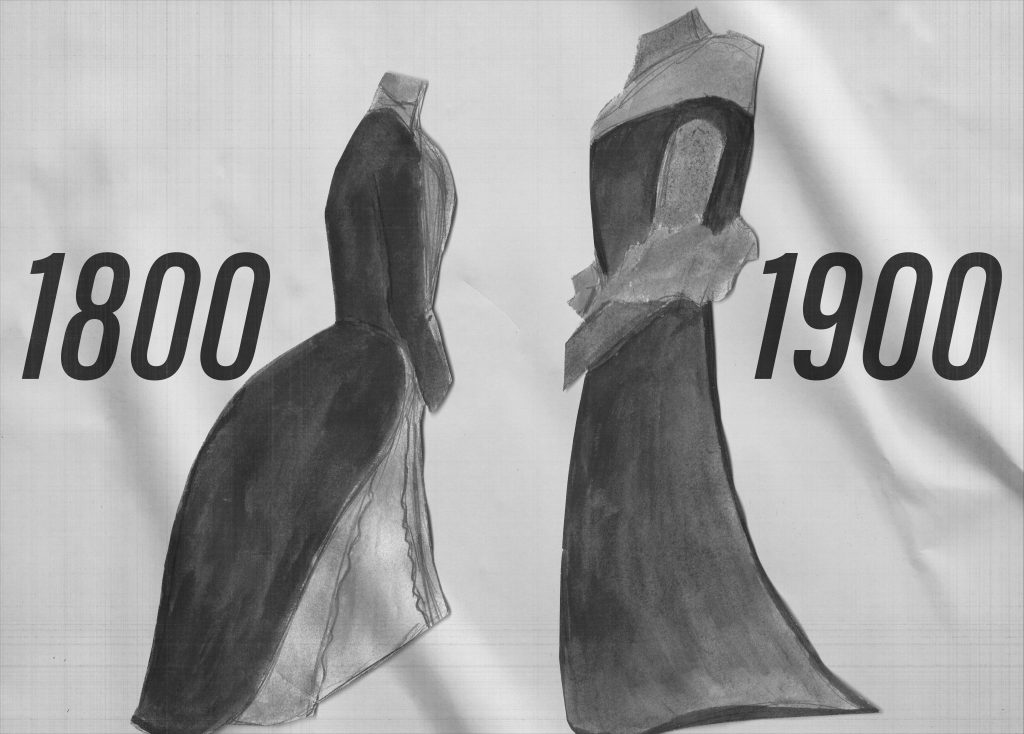
From there, people started referring to cross-dressing as “drag.” Performers cross-dressed for comedic purposes until the 1900s, when the first known drag queen emerged from the vaudeville stage and changed the future of drag.
Time To Give The Boys A Makeover
Long before RuPaul (he/she), there was Julian Eltinge (he/him).
Julian’s career shaped the drag community we now see and love. According to Vanja Mutabdzija Jaksic’s article on CBC, Julian’s success started from Mr. Wix of Wickham, a musical comedy from 1904. Julian’s role was to make the audience believe that he was a woman, leading to the big reveal when he took the wig off.
His gender-bending performance caught many people’s attention. His roles in films such as The Crinoline Girl, Cousin Lucy, and The Countess Charming made him the first drag queen to appear onscreen.
By 1920, drag continued to expand within the 2SLGBTQ+ community. Drag took on a form of its own and slowly became a part of gay culture in 1930. As years went by, the popularity of drag increased, but straight people had mixed reactions.
***
I was eight years old the first time I experimented with makeup. My cousin, Alyssa Rubio (she/her), invited me over to keep her company while her parents were at work.
For weeks, Alyssa had been bragging about her mom’s new makeup desk, so she was excited to show it off once I got to her house.
She sat me down in front of my aunt’s vanity. The desk was overflowing with perfume bottles, makeup products, and dirty makeup wipes. The smell of powder and perfume filled the room.
“Can I try some of the makeup on you?” Alyssa asked.
Unlike everyone else, Alyssa never cared about my feminine mannerism, so I spent most of my childhood days with her. Being with Alyssa was my escape from the other version of myself I had created for others.
“This stays between us,” I said.
She was having the time of her life, but I wasn’t. The idea of getting caught with makeup on made me feel nauseous. The room suddenly got hotter, and my heartbeat got faster.
I ran to the sink and quickly washed the makeup off. As soon as the water dripping off my face was clear, I went home.
The Downfall
As much as I tried to stay out of the spotlight, I somehow found my way into it. Relatives, friends, and strangers would often tease me by calling me bakla out in the streets or at family gatherings. I felt so seen, but not how I wanted to be.
It was suffocating. I felt helpless, letting everyone call me names that I didn’t fully understand at the time.

***
The 1940s was a challenging time for the gay community. Cross-dressing became more popular, catching the attention of many people outside of the gay community, including lawmakers.
According to Hugh Ryan’s article on the HISTORY website, several American states had a “three article rule,” which meant that men and women were not allowed to cross-dress. Because of this rule, individuals from the 2SLGBTQ+ community were arrested regularly, forcing many bars to close.
Homosexual activity was against the law in many American states like New York. So, the 2SLGBTQ+ community brought the shows underground, which was the beginning of underground bars and gay nightlife.
***
By 11 years old, I started to develop feelings for one of the boys in my school. I hardly knew anything about being gay, so it freaked me out when I felt this connection. I was motivated to attend my classes because they allowed me to see him. I’d never felt this type of excitement towards anyone of the opposite sex, so I was conflicted.
I had no idea what was right and wrong. Almost everyone in our community was against homosexuality. I surrounded myself with girls, hoping that it would change how I felt. But it never did.
If I pursued how I truly felt, I worried I would never be at peace.
***
To Freedom
According to HISTORY, the constant harassment towards the 2SLGBTQ+ community caused a series of riots, including the 1969 Stonewall Riot.
On June 28, 1969, police officers raided Stonewall Inn, a bar that provided a safe space for gay people. This time, gay folks fought back. Hundreds of people gathered outside the building while the police officers were stuck inside the bar.
The crowd threw any items they could grab, expressing their frustration and anger. The riot nearly set the bar on fire as the crowd tried to pass through the barrier police officers had put up for protection.
The impacts of the Stonewall Riot pushed more queer folks to form campaigns and organizations to build a friendlier and safer environment for people in the 2SLGBTQ+ community. The first gay pride parade in America happened exactly a year after the riot.
***
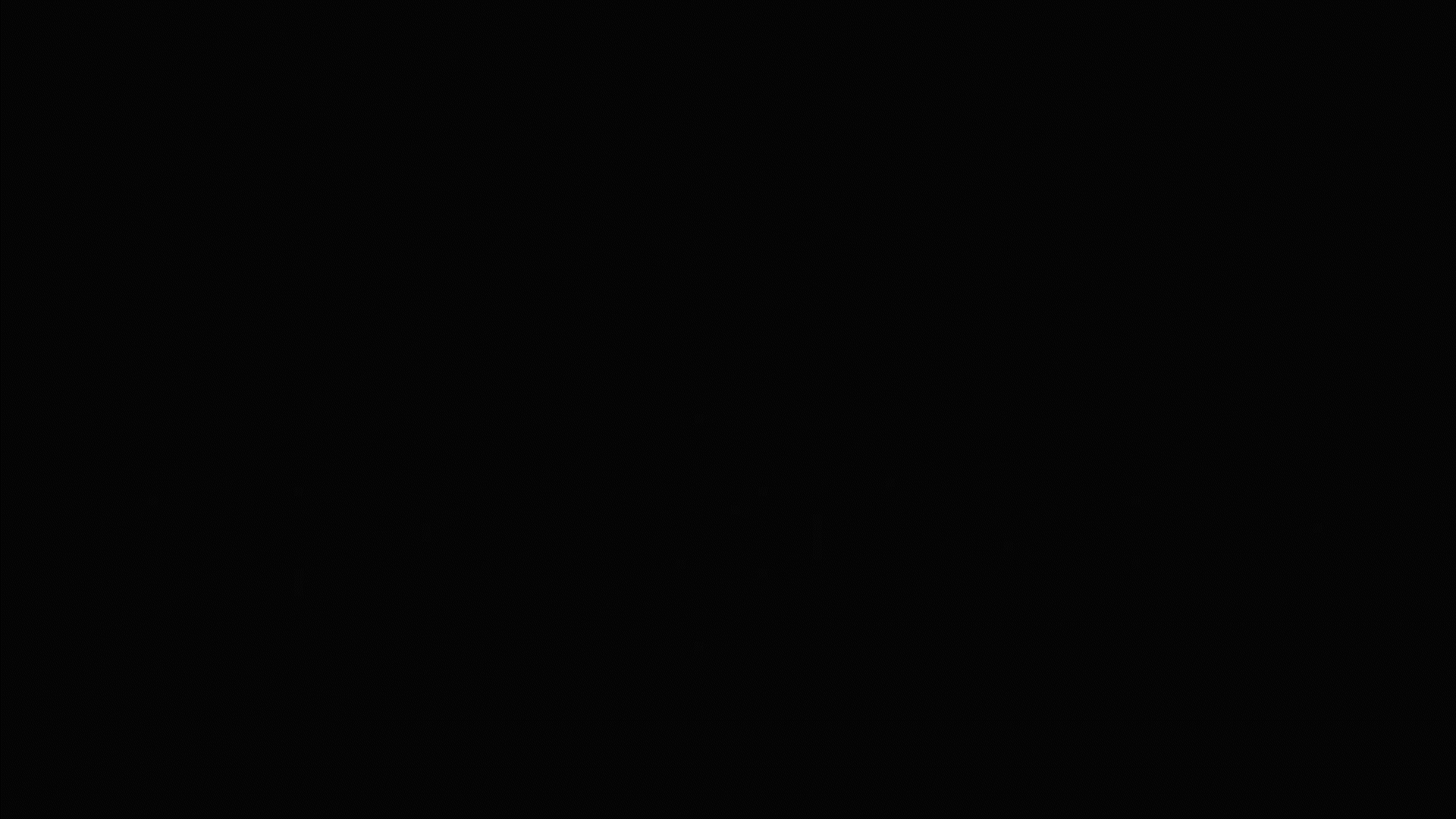
By 12 years old, I managed to get away from all the judgment after my family decided to move to Canada. I was afraid to experience everything I had gone through in the Philippines, so I was a lot more cautious this time to ensure that I didn’t make the same mistakes.
I found it challenging to adjust to this new environment, but seeing how gay folks were treated in Canada gave me hope.
Blake’s Secret
By eleventh grade, I felt more comfortable with my sexuality. But, I wasn’t courageous enough to come out of the closet just yet. Blake (not their real name) and I were the quiet kids in class. We quickly became friends.
There were only a few openly gay boys in our grade — Blake was one of them. We would spend most of our nights on FaceTime even if we had nothing to discuss. One night, our call was different.
Blake’s camera was facing the ceiling when I answered the call. I could tell they were nervous from the sound of their voice.
“There’s something I’ve been keeping from you,” Blake said.
At first, I thought they were about to confess their love for me, but that wasn’t it. They grabbed the phone and revealed their face.
For a split second, I was convinced I was talking to a different person.
Blake’s face was covered with an overwhelming amount of makeup. My friend’s hair was suddenly long and blue, and their eyebrows were thicker than usual.
I was speechless. I’d never seen a drag queen before.
They said they had been doing drag for years, but no one ever knew besides their internet friends. Blake was afraid of what others might have to say, so they chose to keep their drag persona a secret.
Later that night, I got to see hundreds of Blake’s drag photos that had never seen the light of day. I was fascinated with the amount of effort Blake put into their persona. I had many questions, so Blake suggested I watch RuPaul’s Drag Race to see what drag is all about.
But I was too scared to do anything that might’ve implied that I was gay, so I decided to hold off on watching the show.
***
The Queen of Drag
Drag flourished during the 1990s due to the impacts of the Stonewall Riot. Many gay bars reopened throughout the United States, which gave more drag queens the opportunity to perform.
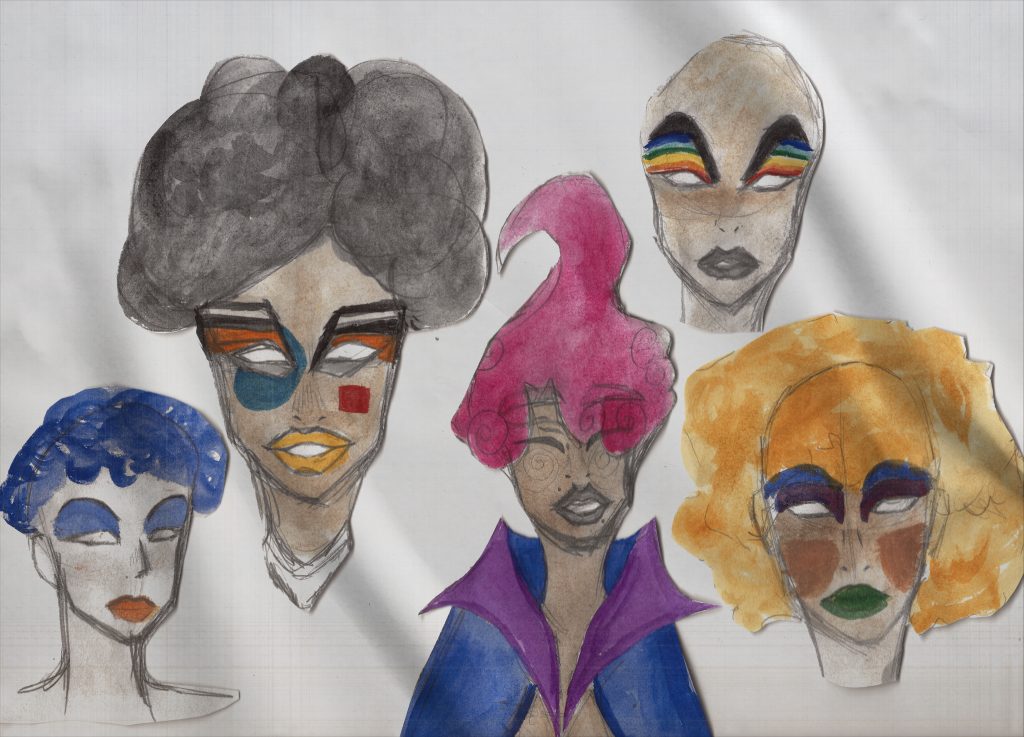
As drag continued to grow, RuPaul Andre Charles entered the drag scene, and quickly became the Julian Eltinge of the modern world. Like Julian’s success, RuPaul’s career made remarkable impacts on the drag community.
According to Bernadette Deron’s article from All That’s Interesting, an informative website that focuses on science and history, RuPaul’s success started in 1993, right after his debut album Supermodel of the World. The album took over the music charts, and one of the tracks titled “Supermodel (You Better Work)” quickly became a gay anthem.
Soon after the release, RuPaul went from being a local celebrity in New York City to a worldwide icon. He became a spokesperson for MAC Cosmetics, making him the very first drag queen to be a brand representative for a cosmetic company.
RuPaul’s success also landed him his own talk show, The RuPaul Show, which aired in 1996 for two seasons. The show made history as the first national TV program to have an openly gay host.
About 13 years later, RuPaul came out with a new show titled RuPaul’s Drag Race. The award-winning show gave drag queens a platform to show off their talent to the whole world and brought drag into mainstream media.
According to Dino-Ray Ramos’ article on Deadline, the show recently made history by having the most-watched episode with over 1.3 million viewers for the premiere of their thirteenth season. RuPaul’s career broke down many barriers, proving that drag shows aren’t only for gay people.
***
“For you. For me. Fortuna”
Weeks before my first drag show experience, I met Lady Fortuna (she/her), a Filipino drag queen, in Winnipeg. Just like me, Lady Fortuna was new to the drag scene.
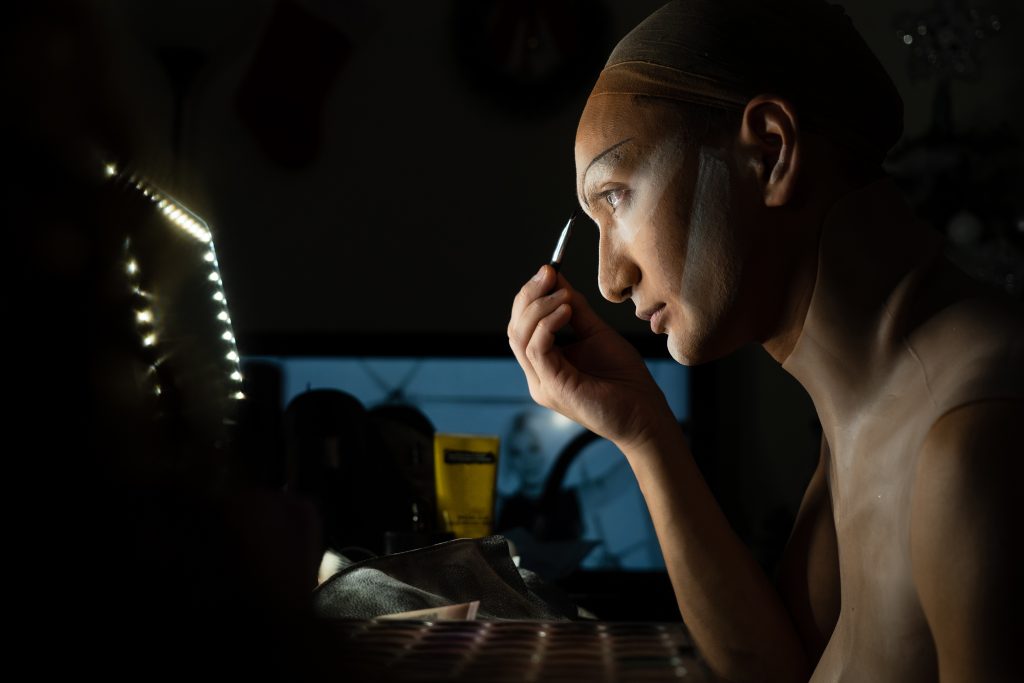
“Dressing up wasn’t really my thing before,” said Lady Fortuna. “But the first time I tried it out, I was instantly hooked.”
She spent most of her youth on stage in musicals and plays.
“Entertaining is a huge part of my life,” said Lady Fortuna. “I had no other outlet after high school. So, when I heard of drag, I was drawn to it because it embodied everything I loved.”
Lady Fortuna debuted at Prairie Theatre Exchange in 2019, where she learned how to become a drag queen. Aside from her love of entertaining, the transformation process is what enticed her to become a queen.
“I get to express my creativity through my makeup looks,” said Lady Fortuna. “I like to take my time when I’m doing my makeup because I don’t want anyone to recognize me.”
After entering the drag scene in Winnipeg, she recognized the lack of Filipino representation in the community, so she started a Filipino drag house called “Bahay Perlas” along with her friend, Special K (she/her).
“We’re hoping to get more Filipino drag queens to represent our culture,” said Lady Fortuna.
While she enjoys her usual schedule, Lady Fortuna aims to perform for a more diverse crowd.
“I don’t want to be limited to a club setting,” said Lady Fortuna. “I want to be able to perform during the day, not just at night.”
Because of the COVID-19 pandemic, Lady Fortuna took a year-long break from performing. Now that bars are back in business, she is thrilled to go back on stage.
***
My First Drag Show Experience
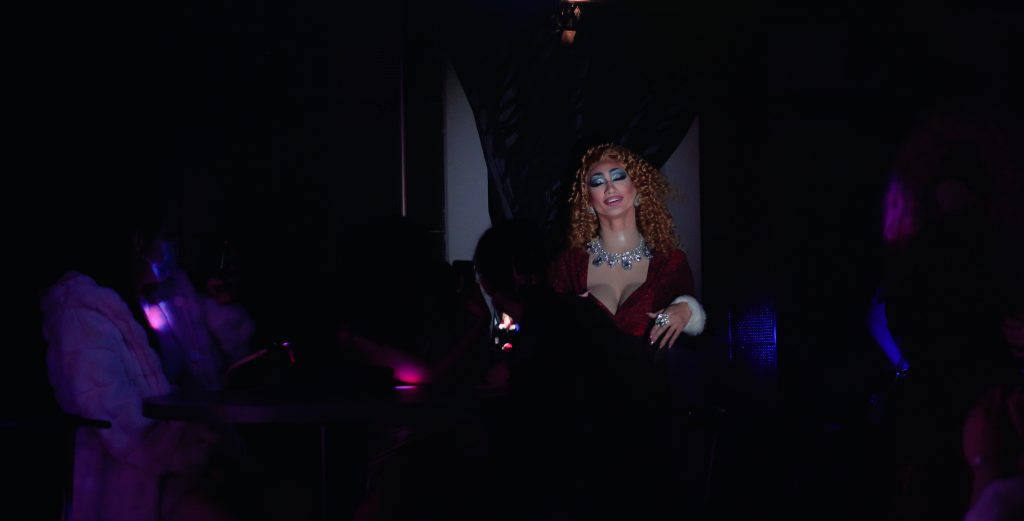
In December of 2021, Lady Fortuna invited me to one of her shows at Fame Nightclub, a gay bar in Winnipeg. I was anxious leading up to the event — I had no idea what to expect.
My chest felt tight during the car ride to the bar. As I got closer to my destination, I realized that I was reliving the same fears I had when I was eight.
I pulled the car over to calm myself down. I was looking for a reason to back out, but I knew I had to attend to put an end to my ongoing fear of being judged.
I made my way to the bar entrance. As I entered the building, the tight feeling from my chest slowly disappeared. The energy inside was even better than what I hoped it would be.
Lady Fortuna was just about to perform when I got there. Her glittery red dress sparkled as she stood in front of the crowd, waiting for the music to play.
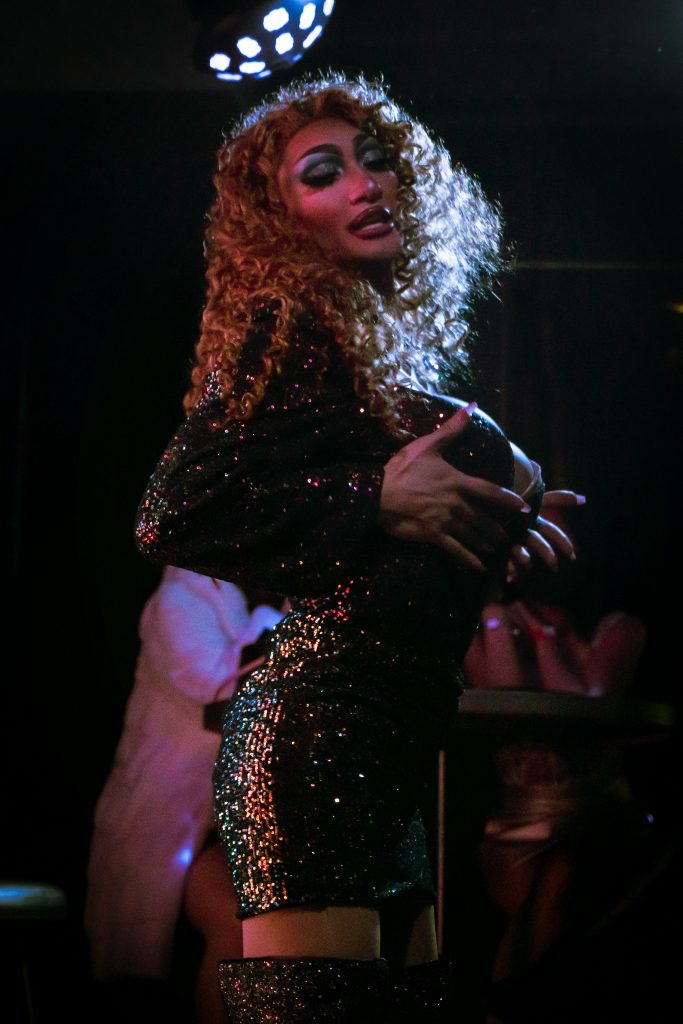
Lady Fortuna’s performance, set to a medley of Ariana Grande’s music, had everyone singing at the top of their lungs — including me. I felt like I was in a karaoke bar. For the first time in 22 years, I was able to sing and dance without feeling ashamed.
After her performance, Lady Fortuna stood proudly on stage as the crowd chanted her signature sign-off: “For you. For me. Fortuna.”
Overcoming internalized homophobia takes time, but attending a drag show shifted my perspective.
Later that night, I walked out of the bar with my head held high. As much as I enjoyed the performances, makeup looks, and colourful wigs, the feeling of liberation is what tied this whole experience together.
And to me, that’s what drag is all about.
